10 Ways To Use Brand Story Advertising for Growth
Your brand is the personality of your business, products, or services. It helps your target market identify and differentiate between you and your competitors. A brand is a potent tool in any business, but to make the most of it, you need to complement it with effective advertising.
Are you seeking guidance on better implementing your brand in your advertising and marketing campaigns? You'll find what you need right here. These are our top 10 ways to paint your brand story advertising for growth.
Table of Contents
Crafting a Visual Identity
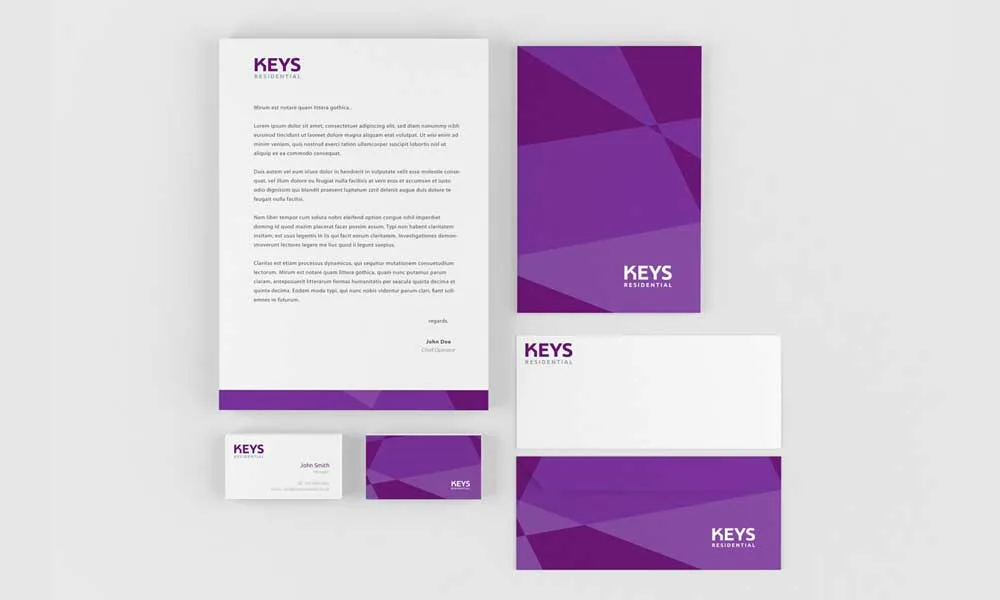
The first step in introducing your brand is to craft a visual identity, one that sets you apart from any competitors. This visual identity is the face of your business. It's what people will see when they look at your advertisement, your marketing materials, your product packaging, and more.
A visual identity is not just one thing; it consists of numerous characteristics. Your logo and imagery, the colours and fonts, all work together to form a visual representation of your brand. They should not only work together harmoniously but also accurately portray your brand message.
Every element of that identity should resonate with your brand and target audience. Separately, they must tell different parts of your brand's story. Together, they must broadcast the whole story. Put another way, these elements all work towards a relationship with the consumer, but collectively, this bond is even more required.
With so much riding on the impact of your visual identity, you have to be sure to get it right! This is relatively easy to achieve if you stay true to your brand. Let's look at how you can do that with a few initial questions.
How to Create a Visual Identity for Your Brand
Before creating a visual identity for your brand, ask yourself the following questions.
- What is my brand's personality, and what aspect of that personality am I hoping to portray with its visual identity?
- Who is my target audience, and what emotions do I wish to evoke in them with my brand's visual identity?
Once you answer those questions, you can work on your brand's visual identity.
Remember that this identity will be prominent in all your advertising, marketing, promotional flyers and on your website. It will be visible on your social media posts and your packaging. It will even be evident on emails, invoices, and other documentation. So, it has to be flexible and scalable.
Formulate a style guide for your brand's visual identity. This will include the colours, typography, and design style you want to use in your visual brand. Having a guide you can revisit will not only make collaboration of your branding and advertising easier, but it's also a good reference for future rebranding.
Storytelling Through Innovative Imagery

Your brand's imagery tells its story, and with the latest innovations, that imagery can tell your story even more effectively. The best 3D rendering companies know that the more attractive and realistic your imagery is, the bigger an impression it will make on your audience.
With 3D rendering, billboards, brochures, print media ads, and even product packaging come to life. It allows you to showcase the features of your product in a way not otherwise possible. Potential customers can zoom in on specific attributes and interact with your brand like never before.
This is just one of the ways that imagery and innovation can enhance your brand's story in your advertising and marketing. CGI, VR, and other technologies play their part in powerful imagery that engages your target audience and educates them about your brand.
Your brand has a story to tell. What that story is is up to you. It may be a story about a tech start-up and an innovative new product, the first of its kind. Or a new story about a veteran brand, reshaped by emerging trends to have more relevance and reach a broader market.
How Your Imagery Tells Your Story
Whatever your story is, it will have some things in common. There will be a mission or a goal to achieve. This is a need that the public may be aware of, or it may be one they didn't even realise they had. But now they do, and it will create specific emotional responses.
Your product, service, or company – your brand – comes to the rescue. You are the hero in your own story. Your brand will address these needs of the public while making them feel a certain way – happy, relieved, confident, etc.
Your imagery tells this story repeatedly, even when the scenery changes. Because the underlying message remains the same, and there are always familiar elements that tie the images to the ones that went before. Although you adapt the imagery to fit the platform, your story will be the same.
The Power of Colour
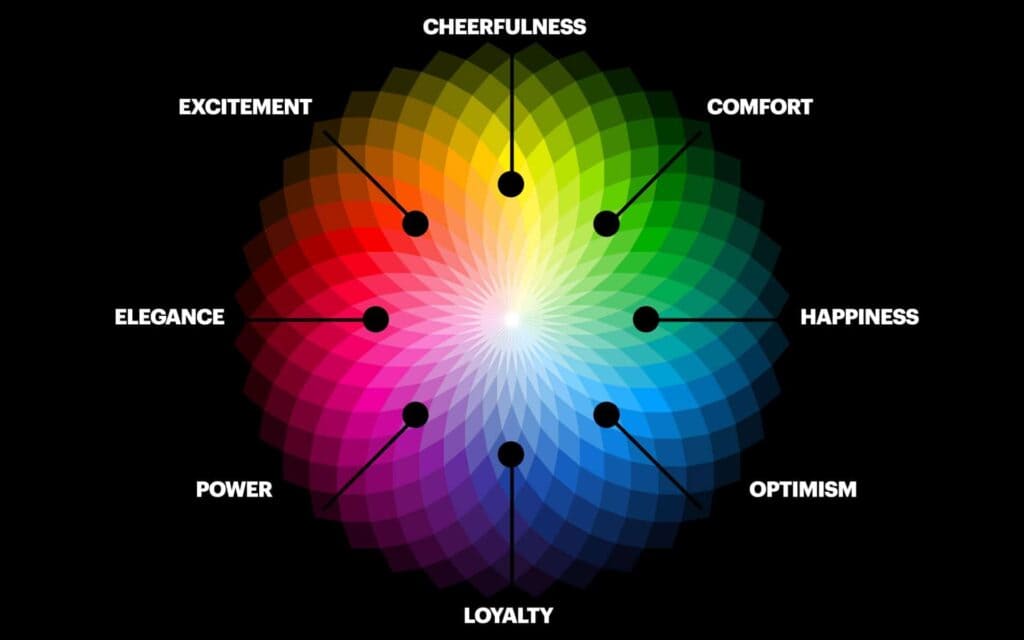
The clever use of colour plays a significant role in advertising and, thus, in painting your brand's story. The colour associated with your brand will enhance recognition and differentiation from your competitors. But it also serves a deeper purpose – colour can affect how customers feel about your brand.
Colour can evoke specific emotional responses in people. And while different people like different colours more than others, the underlying psychology of colour remains. This is well-known to artists and interior designers, and it's just as important for branding and advertising.
The colour that you choose for advertising your brand will provoke a response. This goes beyond people's personal preferences for certain hues. It will work toward or fight against the message you are trying to convey. And it does so everywhere, from your advertising billboards to your product labels.
If a picture says a thousand words, the colours in that picture decide if those words are murmured or screamed. That's why choosing the right colour is crucial for painting the picture your brand represents. To explain this further, here are some classic examples of the power of colour.
Examples of the Use of Colour to Affect Brand Perception
Have you ever wondered why specific industries commonly use certain colours? This is no coincidence. They understand the importance of colour and how it affects the perception of their brands. Here are a few examples of the use of colour in branding that you may have seen.
- Blue is generally regarded as a colour meaning trustworthiness and dependability. That's why it has always been popular for banks, insurance companies, and other financial institutions. Barclays, Bank of America, Blue Cross Blue Shield, American Express, and PayPal are examples.
- The colour red is associated with energy and is the main reason why so many fast-food establishments use it in their decor as well as their branding. KFC and Wendy's are famous examples of this colour trend.
- Yellow is regarded as symbolic of warmth and happiness and is often used in the branding of products aimed at children. Examples include Cheerios and Nesquik and candies like M&Ms. Yellow is also often used to package other food products.
Little wonder, then, that several fast food chains rely on a red and yellow combo to symbolise their fun and lively energy. Customers will feel happy and energised by this combo but less likely to hang around after finishing their meals. (The colours can be overwhelming when looked at for too long).
Consistency Across Channels
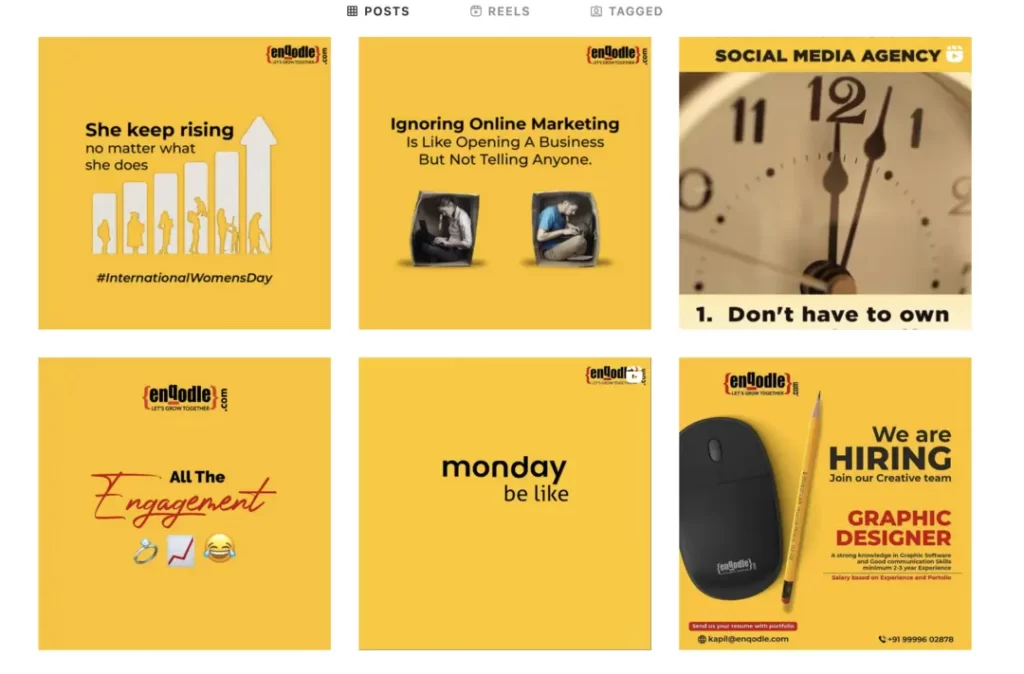
Multi-channel advertising will help to get your brand's story out there to a broader audience. But remember to keep it consistent across channels. Consistency across multiple advertising and marketing channels will not only increase brand recognition and identity but will also establish trust.
Users will likely depend on your brand to remain true to its core message. This is what drives brand loyalty even further. So, how do you ensure brand consistency?
Remember that style guide from our first tip? That will serve you well here, too. Include the brand guidelines you want everyone to follow when working on your advertising. Make this available to anyone on your brand development, advertising, and marketing teams.
Consistency does not necessarily mean you can't adapt to emerging markets or take advantage of trends. You can adjust your advertising and marketing style to accommodate these dynamics. But your brand should always be recognisable, regardless of these slight changes.
Good for Your Brand, Good for Your Marketing Budget
Brand consistency is suitable for your brand's reputation. By sticking to the same core message and consistently promoting it across various channels, your brand seems more credible and dependable. In an ever-changing world, it comforts consumers to know that they can rely on their favourite brands.
This is where rebranding is tricky and should always be left up to the experts. It's sometimes a fine line between updating your image and straying too far from it. With the help of a rebranding team, even a complete overhaul of your visual identity can portray the same message and seem familiar to consumers.
Brand consistency also allows you to optimise your advertising and marketing resources. Because your brand is instantly recognisable, there's no need to waste further resources on reestablishing your brand with every campaign.
Embracing User-Generated Content
Embracing user-generated content may bring your dreams for your brand awareness even closer to fruition. But what exactly is user-generated content, and how can you use it to paint a larger picture of your brand?
User-generated content is any content created by online users, such as customers or brand advocates whom the company does not employ. Such content can include reviews and testimonials, but also the blog posts, videos, and imagery that they create.
So, how do you leverage user-generated content more effectively? It's pretty simple. Invite consumers to share their opinions about your brand. Get them to speak about their experience of your brand and what they love about your product. A competition is one of the best ways to do this.
Enhances Your Brand's Credibility
User-generated content can strengthen brand awareness and loyalty. It can be even more potent than company-created content because it shows what users think of you and your brand, as opposed to what you are saying about it. That lends more credibility to your brand.
How you go about it, whether generating solicited or referring to unsolicited user-generated content, is up to you. Ideally, it would help if you did both. But either way, you'll be speaking to consumers in the voice that is most familiar to them — their own.
Using Illustrations and Graphics
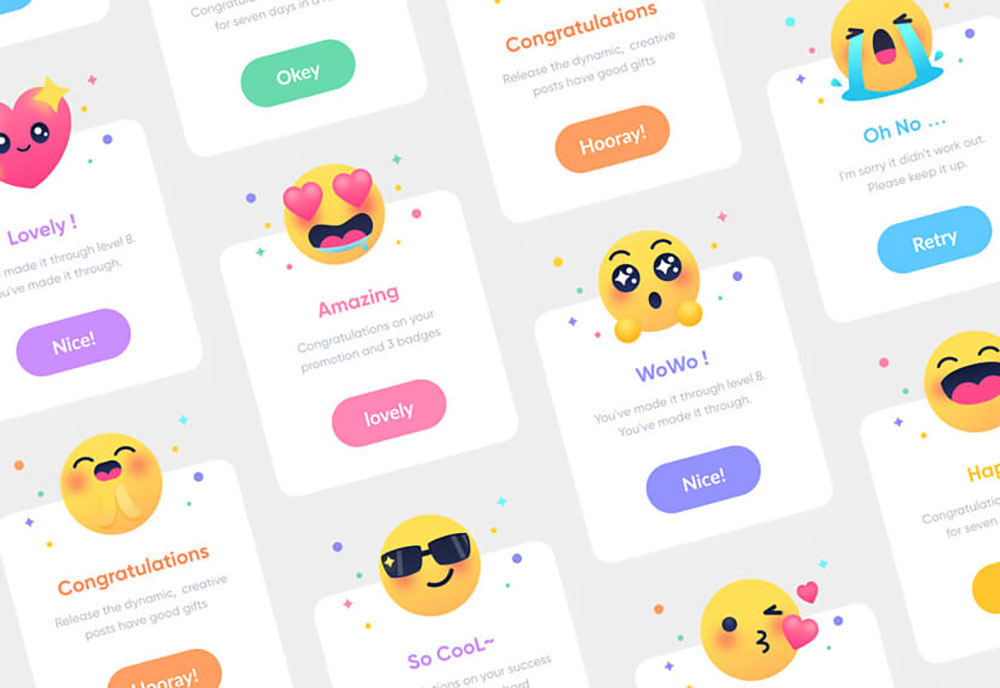
Some of the most expensive logos are also the most recognisable. But why are the top companies willing to invest so much in their logos? A logo can take time to create and perfect. The illustrators and designers working on your graphics, and of course, your logo, know how important it is to your brand.
They understand that first impressions last, and the right logo will increase brand recognition, loyalty, and credibility. This requires great skill and expertise in design, including the correct application of shapes and techniques to create a particular impression of your brand.
That's why it can take a long time and much revision before the suitable graphics, illustrations, and logo are decided. And it is why most companies are willing to pay a lot.
Why Graphics Matter
Your logo and other graphics matter. They are the identifying marks that consumers look for. When your brand can easily be determined by the graphics of your logo and packaging, without any other contextual information, you'll know you've got it right.
But they must also be flexible enough to work in different formats and on other platforms and devices. Mobile advertising is the next best thing, so mobile friendliness is vital for your brand's graphics. When reduced in size, are they still identifiable as your brand?
Your graphics must be user-friendly enough for all your advertising and marketing campaigns, on all your online platforms, and even on your product packaging.
Masterful Copywriting
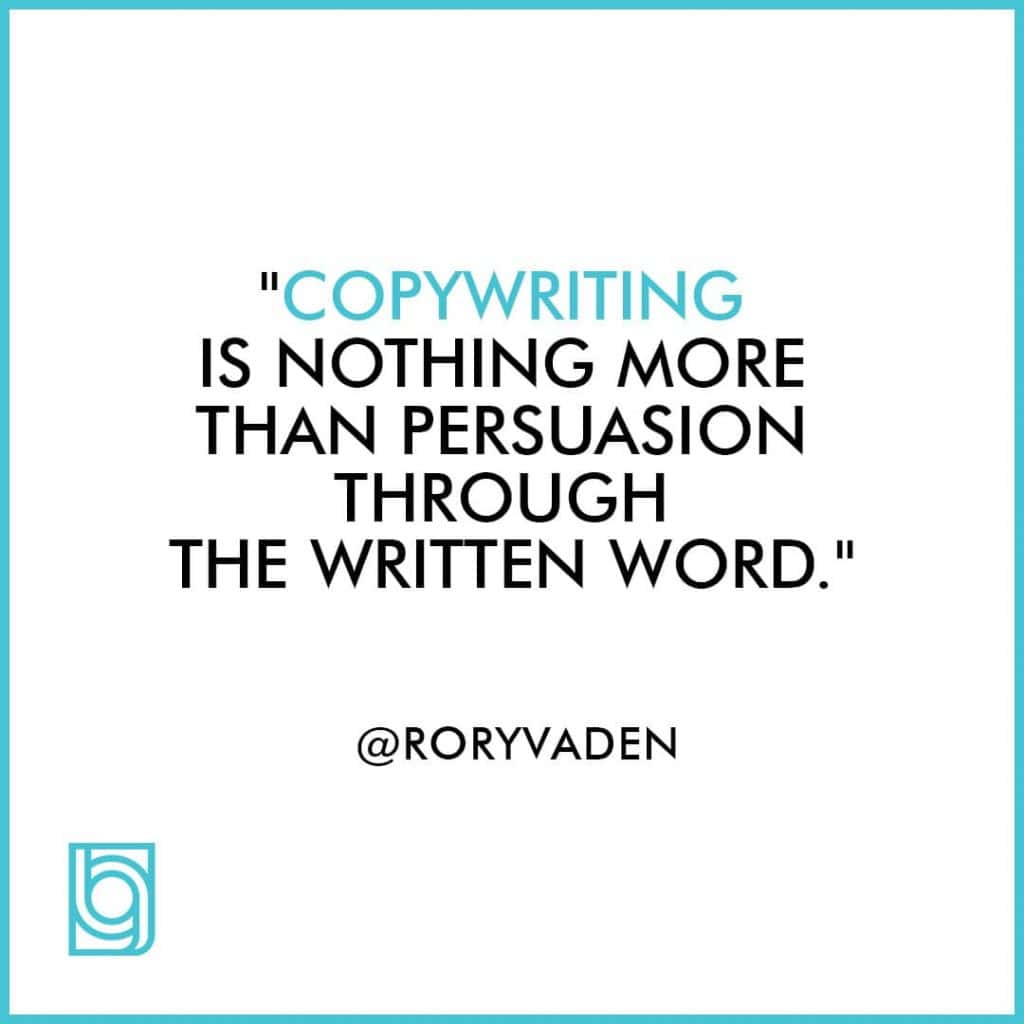
Every story is only as good as the storyteller, and it is the same in advertising. Good storytelling is a skill. It is what sets run-of-the-mill novels apart from bestsellers. Copywriting is a type of storytelling to tell your brand's story.
Masterful copywriting is the key to telling your brand's story in your advertising because when you have a suitable copy, you can raise brand awareness more quickly. It also helps to position your brand's message better.
Good copywriting has some essential traits, such as creativity, accuracy, and the adept use of language. However, the style of the copy must always fit the brand. You must do this to avoid advertising your product in a way that aligns with your core message.
A good copywriter can employ different styles depending on the brief you give them. But as with any profession, other copywriters have their unique styles. It pays to find the right team (with the right type) for your brand.
How To Pick the Right Style of Copy for Your Brand Story Advertising
Are you aiming for a position of authority or reliability? The text used in your advertisements should fit the bill. You may be focused on substantiating claims you make about your product. Your copy must be persuasive but flexible.
It is a delicate balance and can be challenging to achieve. But it is nonetheless crucial for promoting your brand's authenticity.
Leveraging Video and Animation
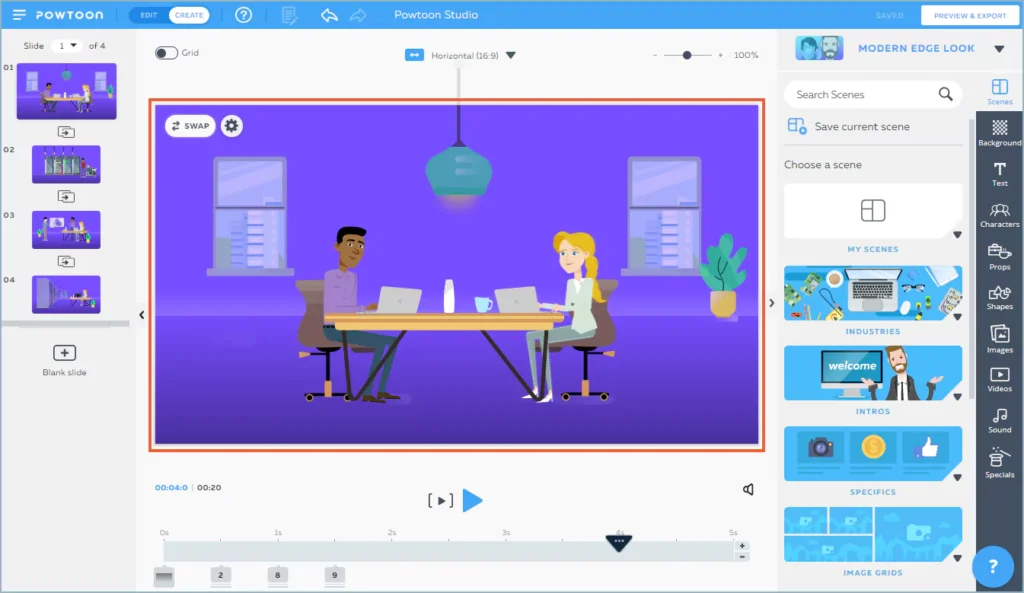
When your marketing videos connect with your audience, you will powerfully paint your brand's story. People more easily associate impactful visual imagery with a brand than even the most eloquent string of words.
Videos are more than just moving images, in any case. They use many elements at once to paint a picture of your brand's story. There's audio, some text (even if just your slogan at the end), graphics like your logo, and imagery. Even the background colours will be carefully chosen.
Videos and other imagery can transcend language barriers, making your brand's story more accessible to a multicultural society and an international audience. Remember to keep your imagery consistent with your story.
Align Your Images to Your Message
Look at any children's picture book. The images reflect the story. The same goes for animated cartoons or movies. The pictures need to line up with the storyline. If they do, it will create clarity, and the story will get lost in that chaos.
Likewise, when the videos, images, and animations you use in your advertising do not align with your brand's story, you create confusion. The images you use may tap into trends but should always support your story, not the other way around.
Infographics for Informational Impact

Eye-catching infographics like colourful graphs or charts are a simple yet effective means of highlighting information about your brand. They carry an air of authority that is hard to beat and can make any advertisement look more credible.
Like your videos and other imagery, infographics can also help to get information across without many of the language barriers that come with advertising sales copy. They can drive a point home in seconds without requiring lengthy text to explain the information further.
Infographics are not the star of your advertising show, but they are a supplementary aid that packs a punch. That is why they are a powerful tool that cannot be overlooked when telling your brand's story.
Back-Up Your Infographics with Facts
Of course, you need to be able to back up your infographics with facts. Drawing up impressive-looking charts or graphs is only possible if they are an accurate depiction of your brand's performance.
You will learn a lot from your online metrics. These will not only show you where you need to improve but also where you are getting it right. Use this data as the basis for your infographics.
The ideal place to include charts and graphs like these is on your website, in your newsletters, and in marketing emails.
Measuring the Impact of Artful Advertising

Although they still have a place in the grand scheme of things, no business can rely solely on word-of-mouth anymore. And despite its lingering appeal, print media is no longer the giant it once was.
Indeed, advertising has changed a lot over the years, mainly since the widespread use of the internet and social media came into play. Thanks to the increasingly digital world, advertising your brand through digital media is more critical than ever.
So, how do you measure the impact of your advertising, and why does it matter? There are many ways to measure the impact of your advertising. You can monitor your sales or the number of new customers after each campaign. You can also check your website traffic and click-through rates.
However, there is one method of measuring your impact that still has a place in this digital age. And it is readily employed online for maximum effect. It is the good old customer survey.
The Humble Survey Highlights Brand Awareness Like No Other
Despite the numerous options, the best way to measure how effectively your advertising is showcasing your brand is with a brand awareness survey. Yes, surveys have always stayed in style. They can give you the answers that the usual website metrics and sales figures do not.
In a brand awareness survey, these answers will come directly from your consumers. You will quickly know if your advertising campaigns are hitting the mark or falling short of it. This will help you to correct the course of your advertising and marketing campaigns to achieve better results.
It will give you deeper insights into the user's experience of your brand. It will allow you to finely tune your advertising and marketing efforts to promote your brand better. Finally, this will ensure that your brand's story advertising attracts the intended audience.
